Leptidea sinapis
(Linneaus 1758)
-
 Subfamily: Dismorphiinae - Leptideini
Subfamily: Dismorphiinae - Leptideini -
 Wingspan: 30-45 mm
Wingspan: 30-45 mm -
 Flight period: May - Aug
Flight period: May - Aug -
 Spread: Common
Spread: Common -
 Host plants: Fabaceae
Host plants: Fabaceae
Information
The Leptidea sinapis also known as Wood White is a medium-sized butterfly of the Pieridae family with a wingspan of 30-45 mm.
It is distributed throughout Europe, in Italy it is also present in the Islands. *
The coloring of the upper page of the wings is creamy white with greyish coloring towards the apexes.
This spot also represents the sexual dimorphism of the species, as it is much more evident in the male.
On the underside of the wings the cream color is more intense and the hind wings have gray dusting along the veins.
The gray dusting is more evident in the first generation, while the apical spot is more evident in the second.**
Leptidea sinapis is a butterfly with one of the slowest and most delicate flights of all butterflies.
Bivoltine butterfly, the adults of the first generation are visible from the end of April, the second generation takes place between July and August.
The females of the second generation are slightly smaller than those of the first.
In the resting position, the rounded tips of the front wings, almost always closed, offer one of the main distinguishing characteristics between this butterfly and others belonging to the Pieridae family.
This butterfly is only locally common, and both distribution and population are undergoing a significant decline.
This species is normally found in and around the woods. However, it is not difficult to meet it in more open areas, such as meadows with moist soil or wooded or grassy floodplains.
It is concluded that the suitable habitat is characterized as warm, protected and humid, in which larval nourishing plants and sources of nectar are present in abundance.
Sources of nectar include a variety of flowers, favorites are bramble, Ajuga reptans, lotus cornicolatus, Trifolium pratense, and various species of buttercup.
In the hot season , males can be found sucking mineral salts from puddles .
The female lays her eggs on various members of the Fabaceae family between late May and June, most commonly
Trifolium pratense (Clover), Lathyrus pratensis, Lathyrus linifolius, (bitter vetch), Vicia cracca, Lotus corniculatus.
The larvae are green in color and camouflage well on their host plant. Ninfosi takes place at the end of July. It winters at the pupa stage.
The larvae feed on Fabaceae such as Lotus corniculatus, Lathyrus linifolius, Lotus pedunculatus, Lathyrus pratensis and Vicia cracca.
* Lepidoptera mundi https://lepidoptera.eu/ - Fauna Europea https://fauna-eu.org/
** Bestimmungshilfe für die in Europa nachgewiesenen Schmetterlingsarten - http://lepiforum.de/
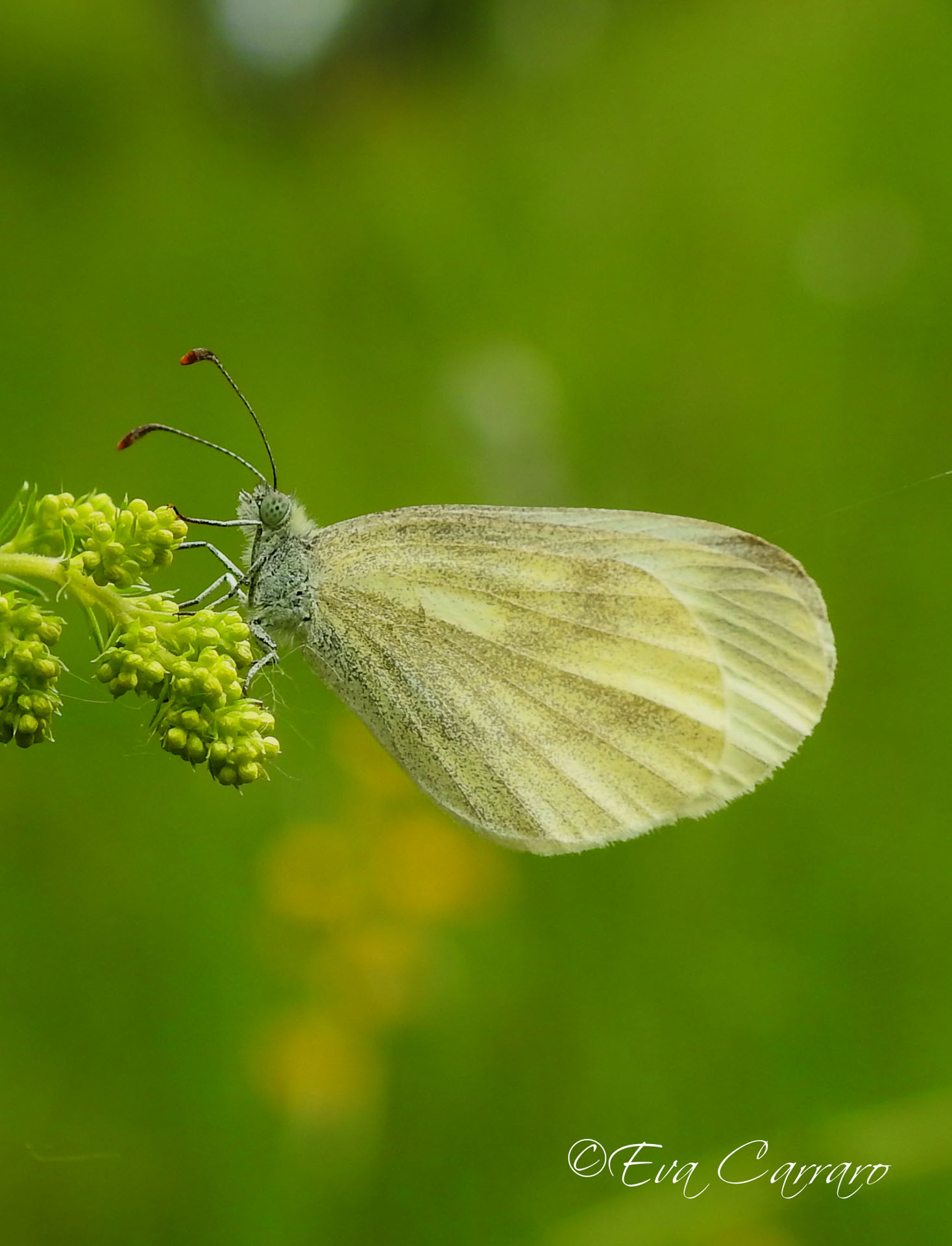
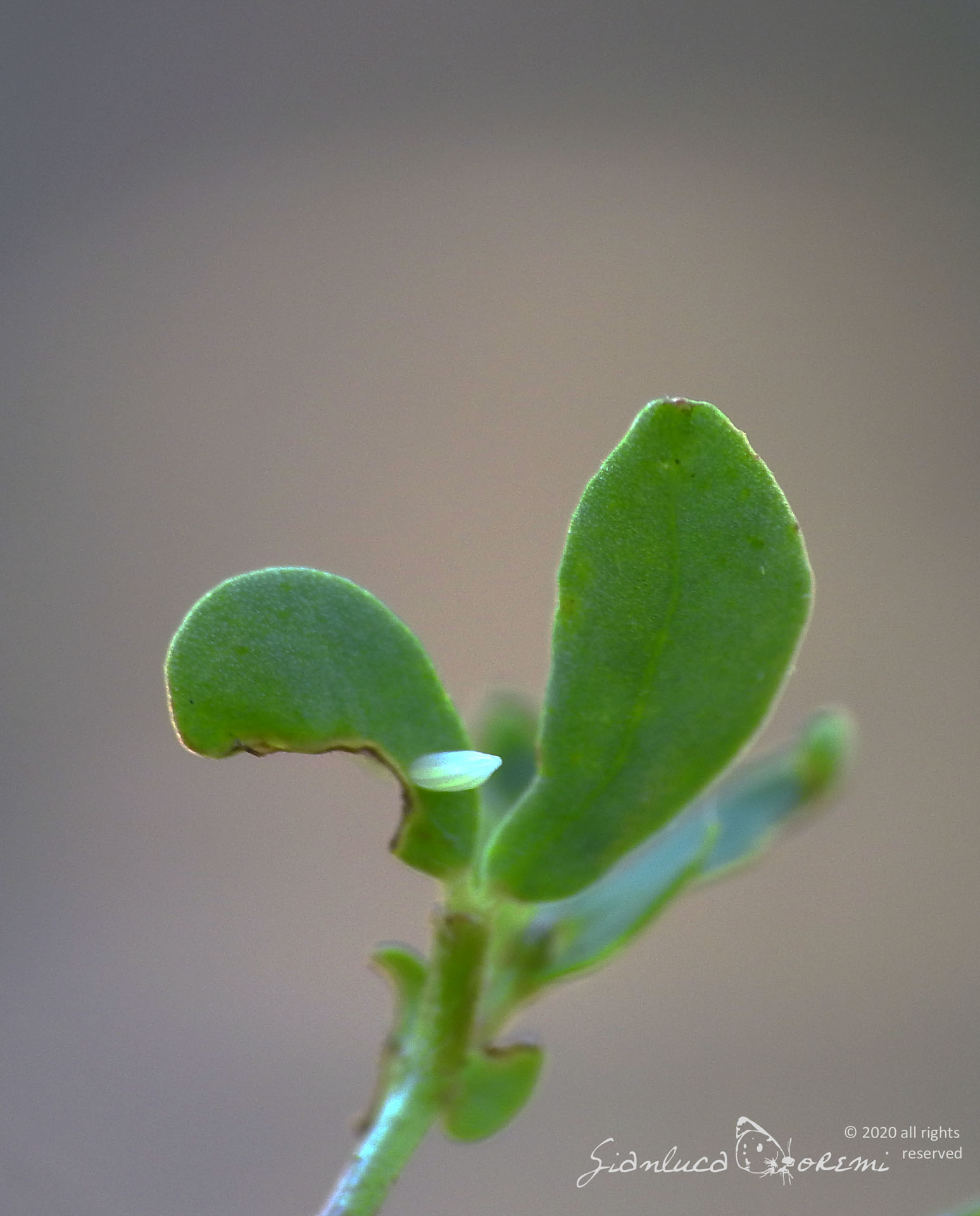
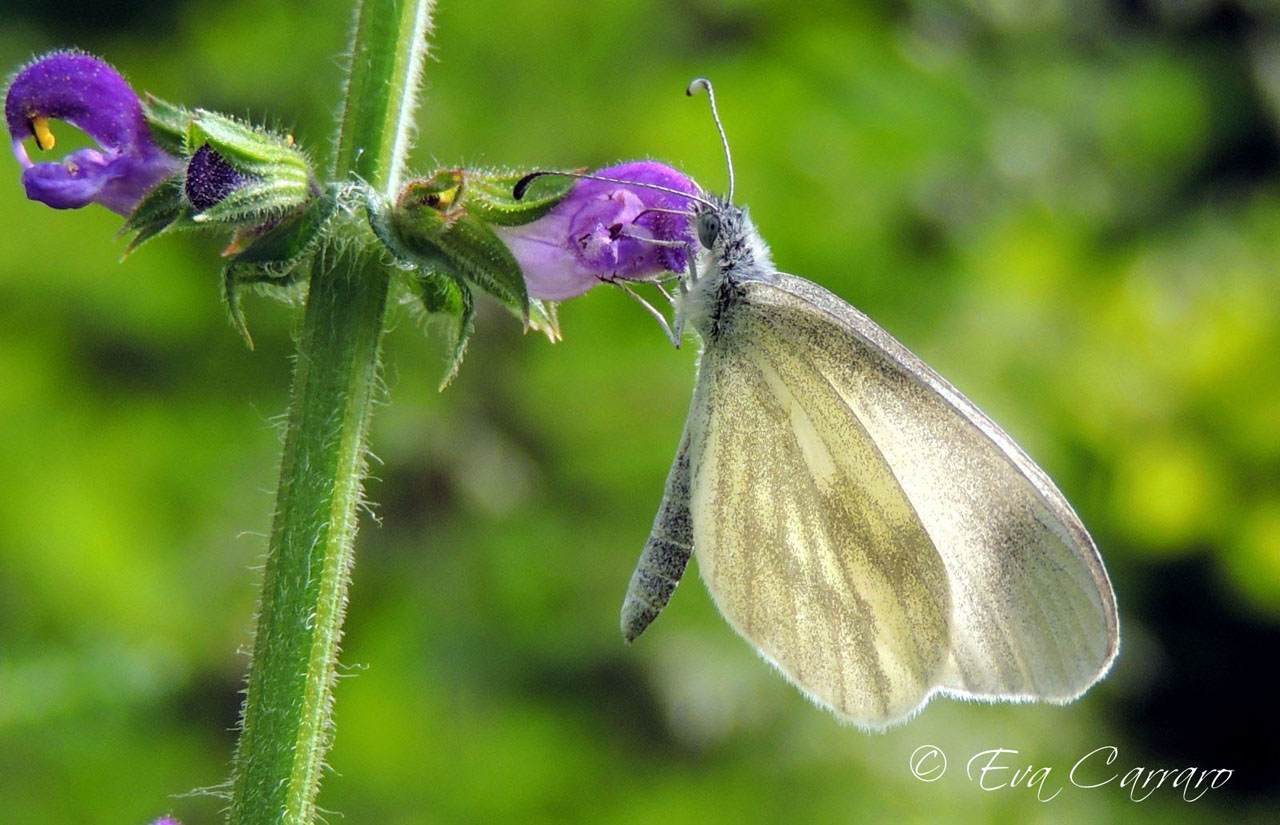

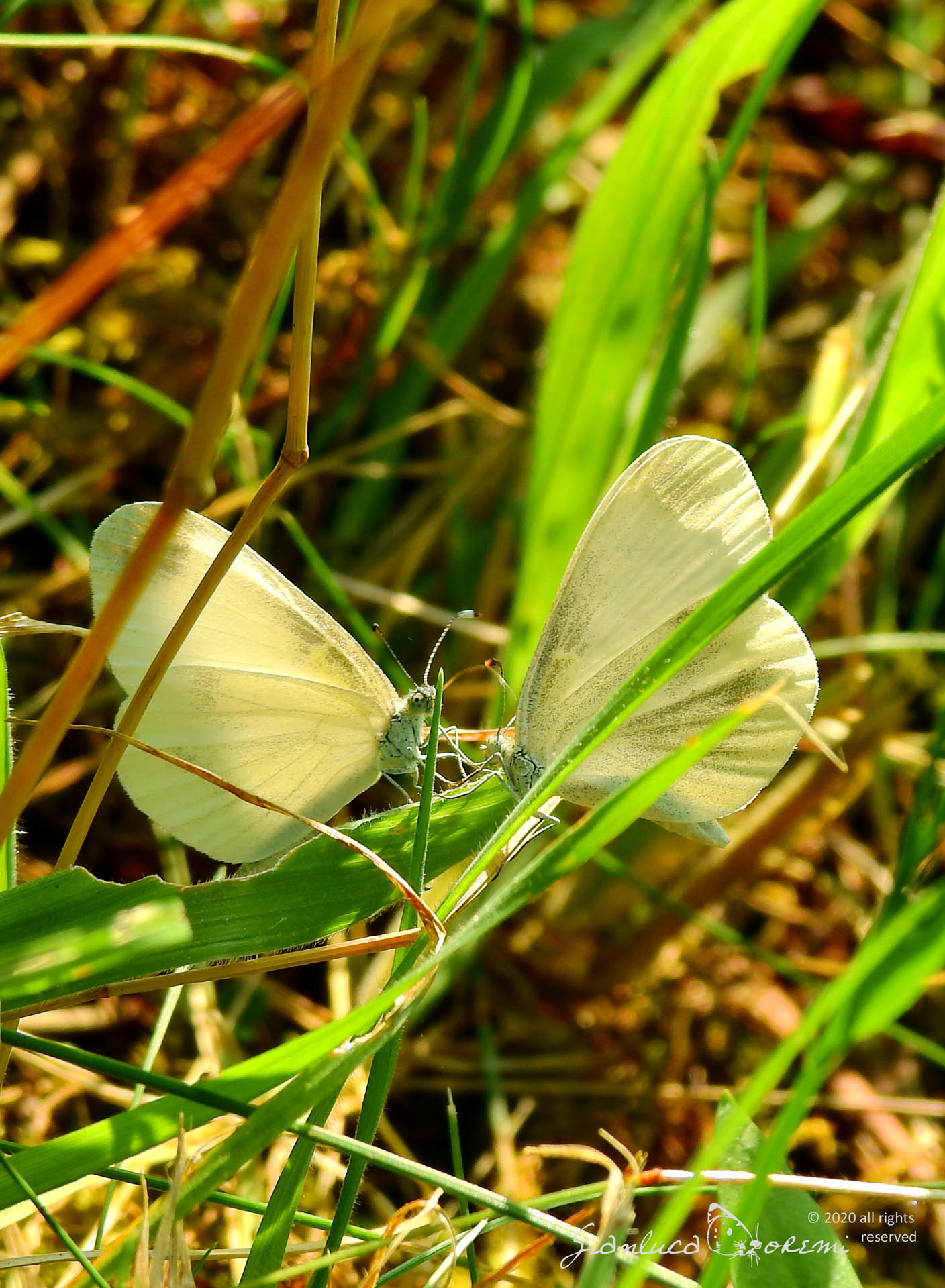
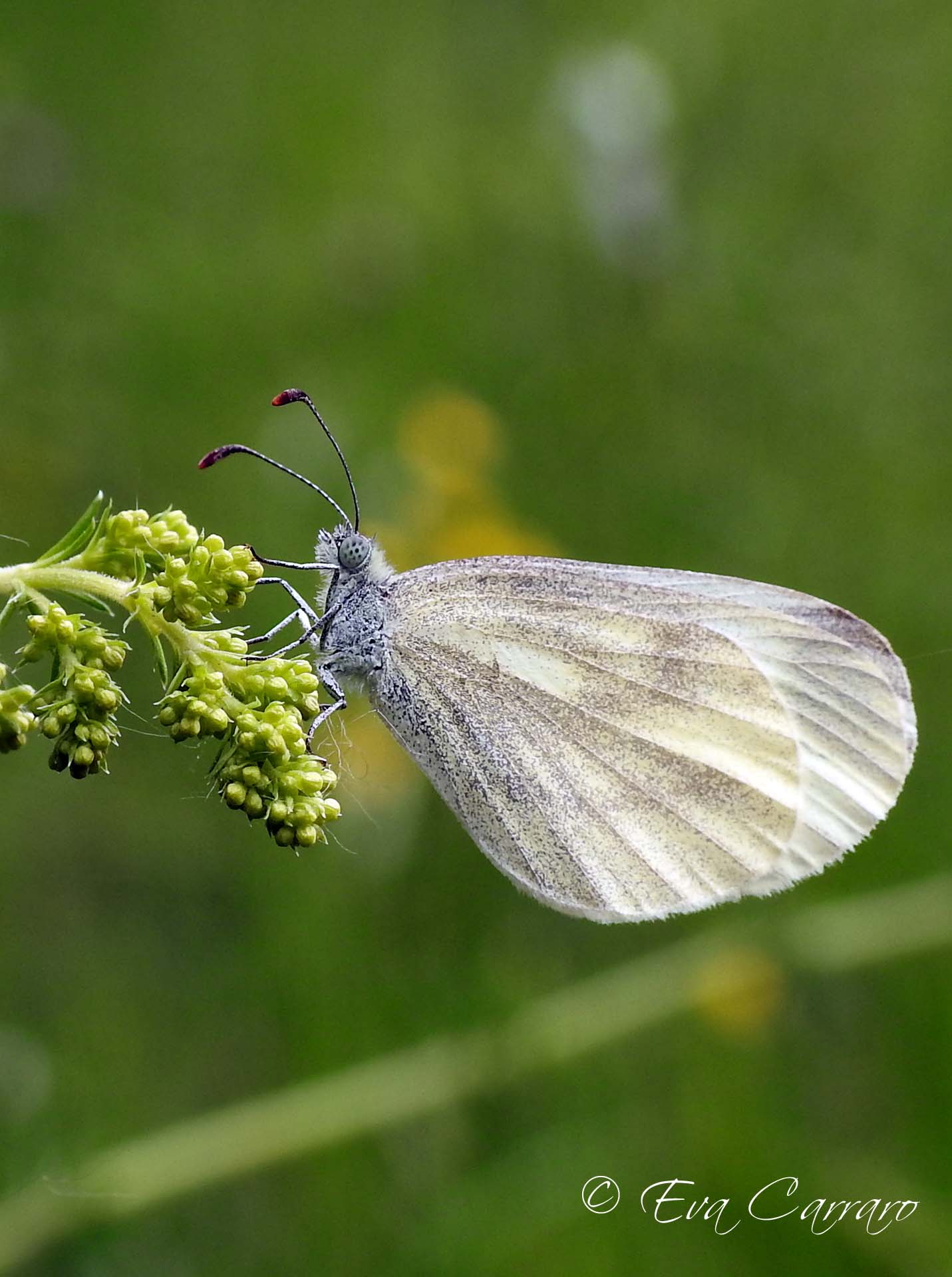


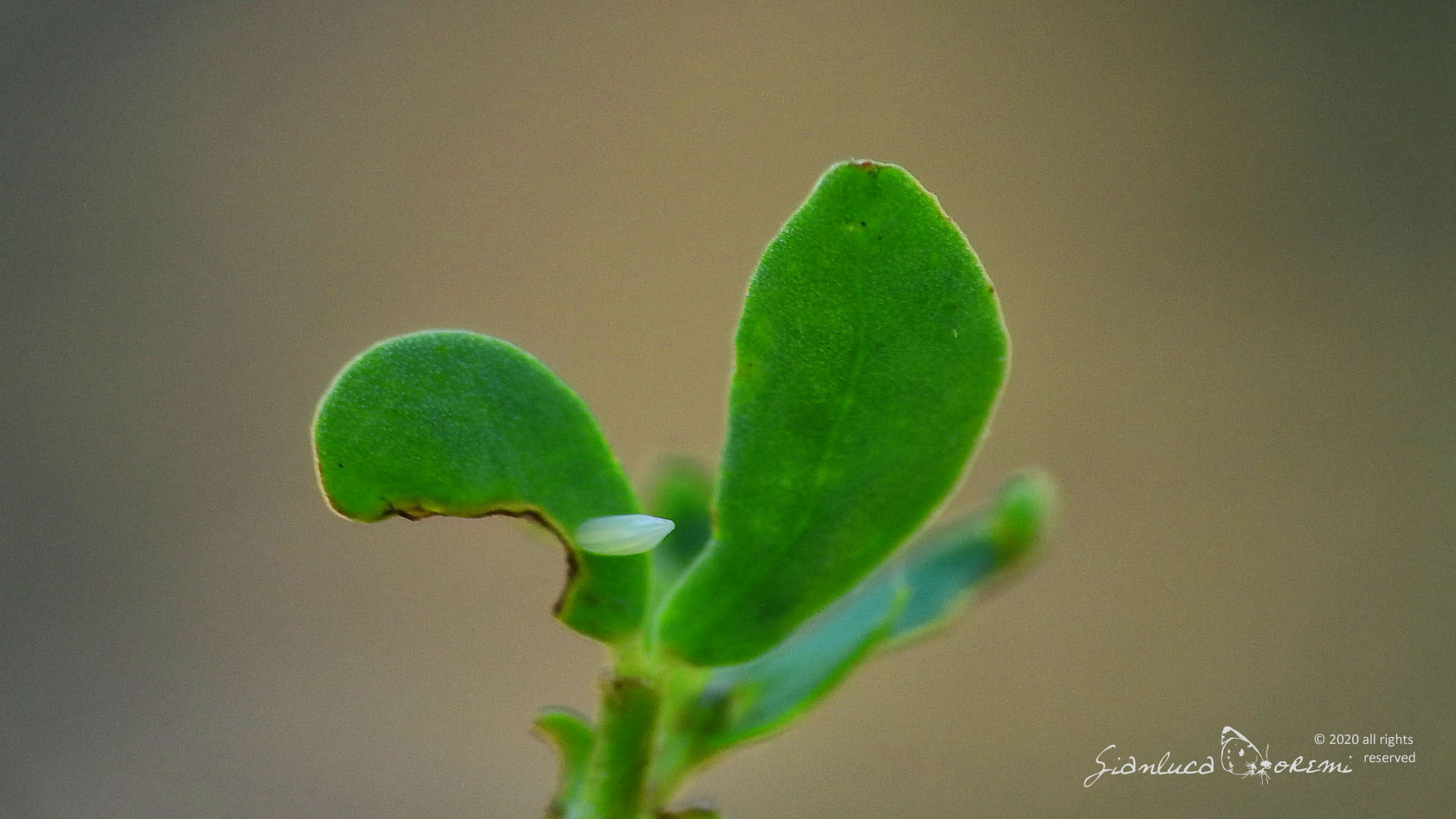

 EN
EN ITA
ITA
Social and publications